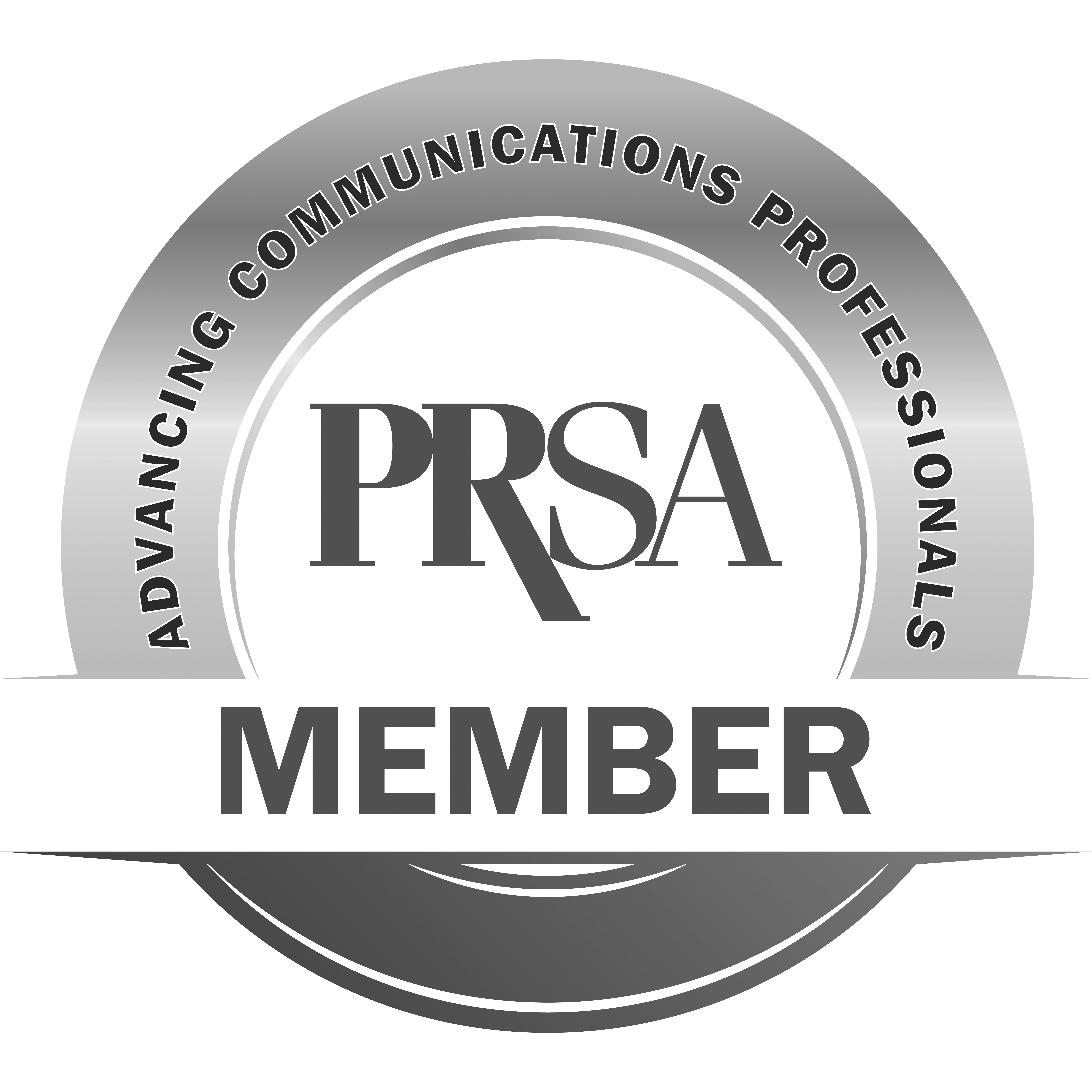Organizing and Hosting Successful Online Events
Organizing and Hosting Successful Online Events
In our pre-Covid 19 past, working remotely involved only a small percentage of the workforce, and for many of those workers, it was a choice. With the advent of the Covid-19 pandemic it became a necessity. Companies must find the best ways to communicate, engage and maintain a sense of continued connection with not just their employees, but also their clients.
What does it take to Host a Successful Online Event?
One way to keep your client connection, trust and loyalty, is through a steady flow of communication. I recently co-moderated a “Remote Roundtable”. It gave me another opportunity to experience all the nuanced ways virtual events can successfully reach, engage and encourage communication. I definitely will be doing more.
Here is a checklist list of what, why and how to hold successful virtual business events:

Pre and Post Communications
Notify your clients of your event with an email campaign. Once you send out your initial email with an explanation of the event—what they should expect and why they should participate—follow up with a text event, opt-in, and information on how to connect to the event. Be specific in all messaging. By this point most people will understand why you are transitioning to digital experiences, but if you feel a need to explain, go ahead.
Post monitoring is critical. Communicate and monitor progress with email, text messages, or a social media campaign. If this is a public event, send out a press release for more coverage. Keep up the coverage. Your audience may have missed an email or a social message, so keep them coming. Turn potential attendees into definite attendees, through constant reminders. Your company blog is a good way to share more details of the event such as prominent speakers and special sessions.
Relevancy and Interest
Your aim is to produce an event that is as close to authentic as possible. Insight-based programming with relevant issues 
Or, as in the case of a “Remote Roundtable” we put together with our colleague John Locher , we created an “off-the-record” space, a safe space for industry colleagues to learn from each other and develop solutions.
And sometimes it’s just about fun. Interactive entertainment, virtual happy hours and games may be another approach in engaging audiences online.
Make your virtual more like a real event by including takeaways. Just as session recaps, reports, videos are available after real events, a virtual event should have them as well. These give your event added value to attendees, enhance your brand image, and positively impact current and future clients.
The Real Thing
Once you’ve got your attendees committed, it’s time to bring your event to life. It’s important to make your virtual experience as close to a real experience as possible. Make sure all the digital equipment is good to go and works flawlessly. Equipment such as lighting, cameras, filters, speaker positioning and backgrounds should all work seamlessly.
You may want to check out this excellent video by Brian Cooley of CNET who gives an easy six part tutorial to make you look and sound professional while participating in the event










